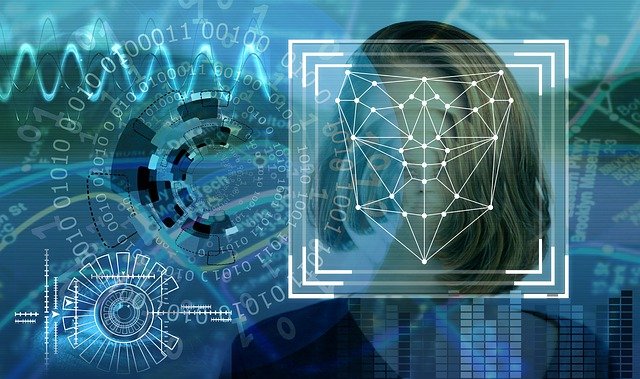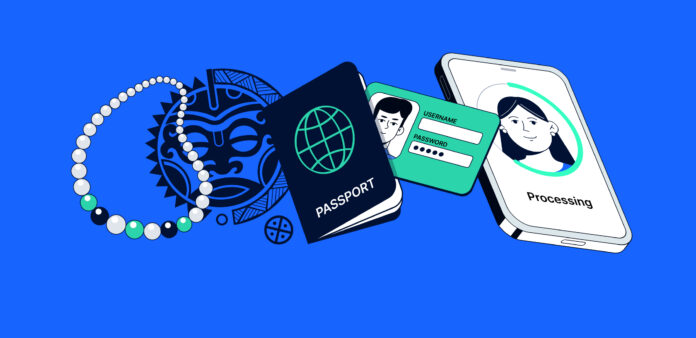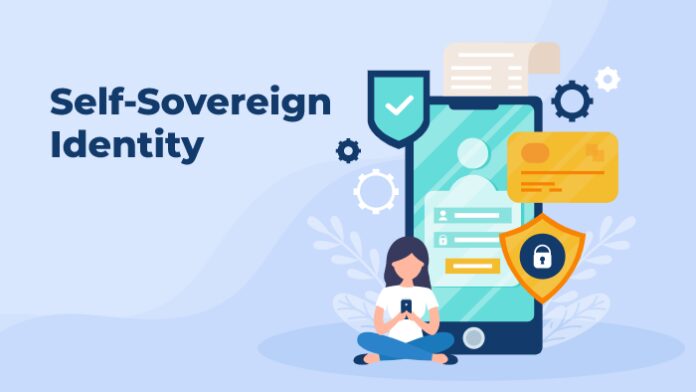In the era of digital advancements, where our lives are increasingly intertwined with technology, the importance of identity verification cannot be overstated.
From online banking to e-commerce and social media platforms, the need for robust and reliable methods, such as a document verification service to verify our identities, has become paramount. As we enter 2024, it’s crucial to stay ahead of the game and understand the top identity verification trends that shape the industry.
Trend #1: Adoption of Biometric Authentication

One of the most significant trends shaping the identity verification landscape in 2024 is the widespread adoption of biometric authentication. Biometrics refers to the unique physical or behavioral characteristics that can be used to identify and authenticate individuals. These include facial recognition, fingerprints, iris scans, and voice recognition.
The adoption of biometric authentication methods represents a paradigm shift in identity verification. Unlike traditional methods that rely on passwords or PINs, biometrics offer higher security and convenience. By leveraging the unique attributes of an individual, biometric authentication provides a more reliable means of confirming identity.
However, the adoption of biometric authentication also raises certain challenges. Privacy concerns regarding the collection and storage of biometric data must be addressed. Robust encryption and secure storage protocols are necessary to safeguard this sensitive information from unauthorized access.
Trend #2: Rise of AI and Machine Learning in Identity Verification

One of the key applications of AI and machine learning in identity verification is fraud detection. These algorithms can flag potentially fraudulent activities in real time by analyzing large datasets and identifying suspicious patterns or anomalies. This proactive approach helps prevent fraudulent transactions, account takeovers, and identity theft, ultimately safeguarding individuals and businesses.
AI and machine learning also play a crucial role in streamlining identity verification. Traditional methods often involve manual review and analysis, leading to delays and potential errors. With AI, identification documents can be automatically scanned and verified, extracting relevant information and comparing it against trusted databases.
Trend #3: Increased Focus on Privacy and Data Protection
Identity verification providers are taking steps to ensure the privacy of user data. Encryption techniques and secure storage protocols protect personal information from unauthorized access. Data minimization practices aim to collect only the necessary information for verification, reducing the risk of excessive data exposure.
Furthermore, the concept of user-centric identity verification is gaining traction. This approach places individuals at the center of the verification process, empowering them to control their data. User consent and transparency become fundamental principles, enabling individuals to make informed decisions about how their data is used and shared.
Advancements such as zero-knowledge proofs and decentralized identity solutions are emerging to address privacy concerns. Zero-knowledge proofs allow verification without revealing sensitive data, while decentralized identity systems give individuals control over their digital identities, reducing reliance on centralized authorities.
Trend #4: Evolution of Document Verification Technologies

One key trend driving document verification evolution is integrating artificial intelligence (AI) and machine learning algorithms. With remarkable precision, these algorithms can analyze various document types, such as passports, driver’s licenses, and ID cards. They can detect forged or tampered documents, identify inconsistencies, and extract relevant information in seconds.
Moreover, AI-powered document verification systems can adapt to new document formats and security features. As document issuers update their designs and incorporate advanced security measures, the algorithms can quickly learn and adapt to these changes, ensuring up-to-date and reliable verification.
The use of computer vision technology is also transforming document verification. Optical character recognition (OCR) algorithms can accurately extract data from documents, eliminating the need for manual data entry. This not only saves time but also reduces the chances of human error.
Trend #5: Emergence of Self-Sovereign Identity (SSI)

In an age where personal data is often collected, stored, and controlled by third parties, self-sovereign identity (SSI) is gaining momentum. SSI aims to empower individuals with full control over their digital identities, allowing them to manage and share their personal information securely and selectively.
Traditional identity verification often relies on centralized authorities or intermediaries to verify and validate individuals’ identities. However, SSI leverages decentralized technologies like blockchain to give individuals greater autonomy and ownership over their digital identities.
With SSI, individuals can store their identity data in a digital wallet, encrypted and protected by cryptography. They can choose when and with whom to share their information, eliminating the need for multiple identity documents and login credentials across various platforms.
Trend #6: Integration of Blockchain in Identity Verification
Blockchain offers a decentralized and immutable ledger where transactions and records are securely stored across a network of computers. This technology’s inherent characteristics make it ideal for identity verification, as it introduces a layer of transparency and eliminates the need for intermediaries.
One of the key advantages of using blockchain in identity verification is the enhanced security it provides. By leveraging cryptographic algorithms, blockchain ensures that the stored information is tamper-proof and virtually impossible to alter without detection. This means that once an identity record is added to the blockchain, it becomes an immutable and verifiable source of truth.
Blockchain also enables individuals to have greater control over their personal information. With blockchain-based identity verification, individuals can securely manage their digital identities, granting access to specific information on a need-to-know basis.
Trend #7: Shift towards Seamless and User-Friendly Verification Processes
As identity verification becomes increasingly critical in a digital-first world, there is a growing demand for seamless and user-friendly verification processes. Consumers expect smooth and efficient experiences while ensuring their identities are protected.
To meet these expectations, businesses focus on integrating technologies that streamline the verification process without compromising security. One of the key enablers of this trend is the advancements in biometric authentication methods. Facial recognition, fingerprint scanning, and voice recognition technologies offer convenient and secure ways to verify individuals’ identities, eliminating the need for complex passwords or additional authentication steps.
The rise of mobile devices has also contributed to the shift toward seamless and user-friendly verification processes. Mobile identity verification applications leverage the capabilities of smartphones, such as built-in cameras and biometric sensors, to provide a convenient and accessible way for individuals to verify their identities remotely.
Conclusion
As we have explored the top trends shaping identity verification in 2024, it is clear that businesses and individuals alike must adapt to these changes to ensure secure and seamless digital interactions. The future of identity verification holds immense potential, and by staying informed and proactive, we can confidently navigate this evolving landscape.











